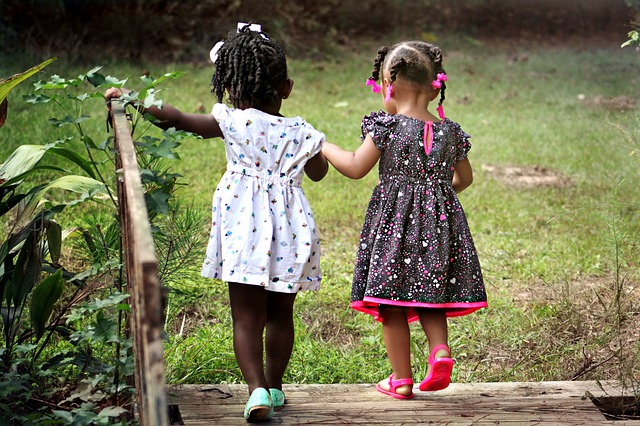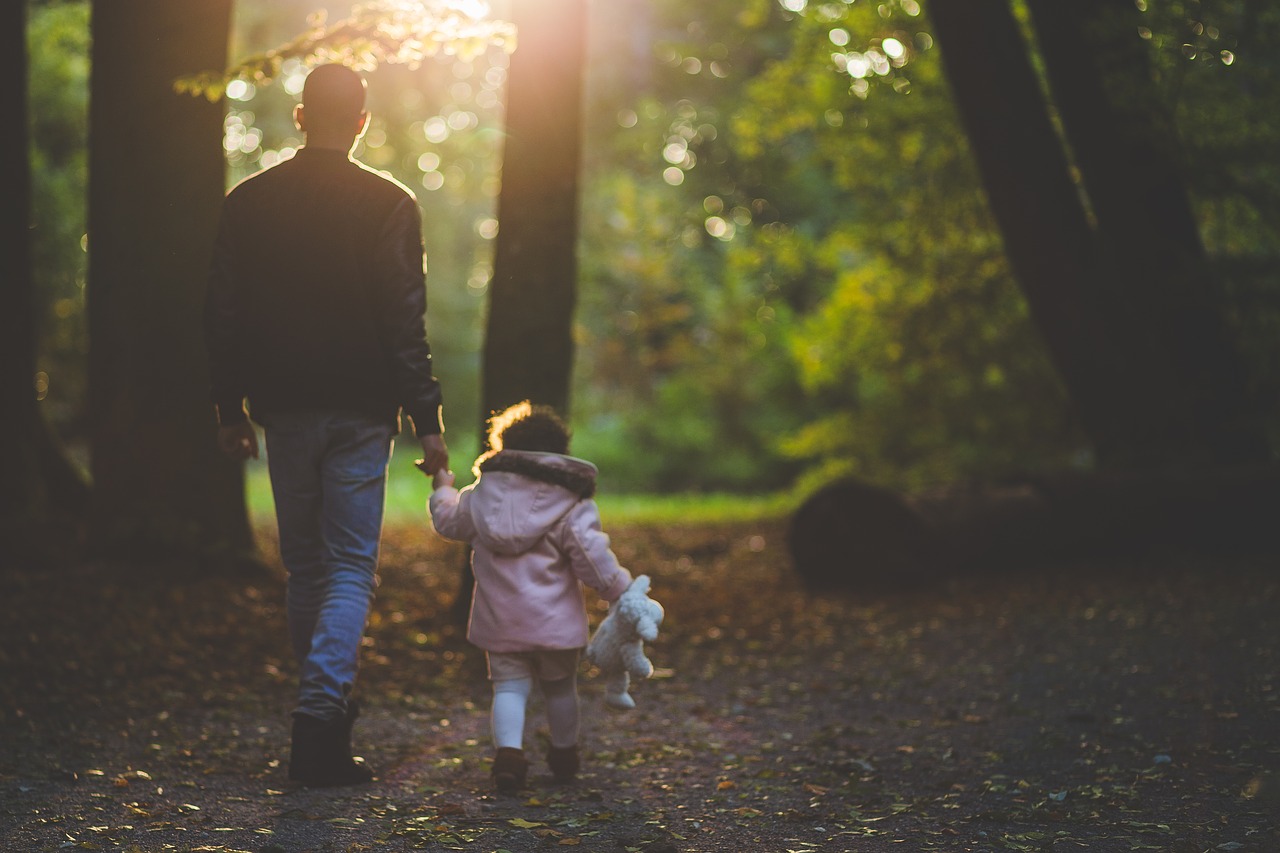“Mommy, why does that kid have black skin? Daddy, what color is that person?” If you haven’t heard questions like this yet, you will – probably sooner than you think. You shouldn’t fear these questions. They are opportunities to begin raising racially respectful children.
Keep It Simple
For preschool and early elementary children, simple answers are best. If your family is white, your child may assume a black or brown child’s skin is “dirty.” Explain, “Shoshana’s hands are clean; her skin color is different from yours.” Point out that skin color is a natural part of diversity; it doesn’t keep people from learning, playing, and experiencing life together. Play games, read books, and watch shows that celebrate differences like skin color.
Don’t Assume Bigotry
Your child comes home from kindergarten and says a Spanish-speaking classmate classmate “talks funny.” This doesn’t mean he or she will grow up to be a bigot; it’s a sign of natural curiosity. Tell your child the difference between “different” and “weird.” Say something like, “Carlos’ family speaks Spanish, but he’s learning English. That’s hard for him, but I think it’s great that he’s trying.”
Confronting Racism
Eventually, your child will encounter examples of racism. It may be in a book where someone uses a racial slur. He may see a news report of a hate group harassing a minority family. She may hear an adult make an offhand remark about “those people.” In these cases, answering your child’s questions can be heartbreaking. Say things like, “Some people choose to hate others because they’re different. This is not acceptable, and most people try to prevent it.”








Leave a Comment
You must be logged in to post a comment.